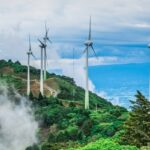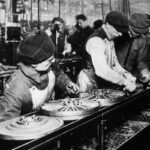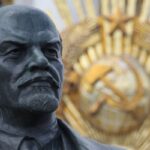We explain what a revolution is and the concepts that define it. Also, the types of revolutions that exist and some examples.
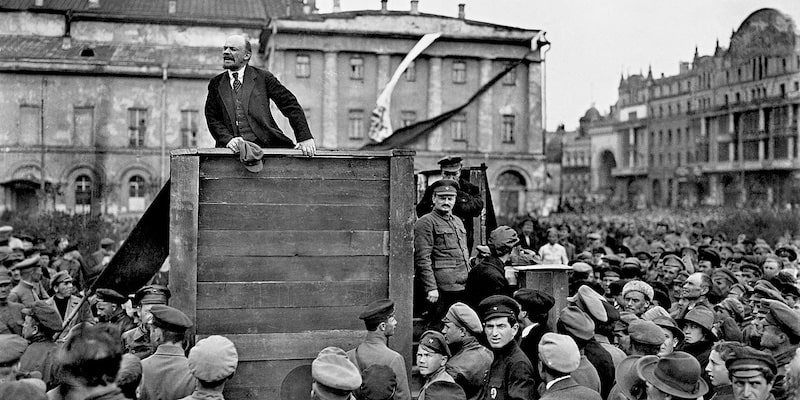
What is a revolution?
“Revolution” is a term used in the social sciences to talk about a political, economic and social process that generates structural changes in a society. The revolution can be a short, medium or long-term process. The fundamental thing is that it generates a permanent transformation in one or several aspects of the society in question.
The term comes from Latin revolution (“go around”) and has been applied to address very different issues of the history of humanity.
For example, the term “French Revolution” describes an abrupt political change, marked by violence and spontaneity of the actions carried out by the different social actors. It was a short-lived process and can be clearly identified with a beginning (the storming of the Bastille in 1789) and an end (Napoleon's declaration in 1799).
Instead, the concept of “Neolithic revolution” refers to the transformation of an economy of subsistence (based on hunting and gathering) in a productive economy (based on livestock and agriculture). In this case, it was a long-term process, spanning thousands of years, between 10,000 and 7,000 BC. c.
See also: Event
Concepts that define a revolution
Historians and other social science specialists They use some fundamental concepts when analyzing revolutionary processes. Among them, the notions of changes and permanence, the concepts of causes and consequences, and the identification of social actors can be highlighted.
- Changes and permanences. When analyzing a revolution, it is important to identify which are the elements that existed before and were eliminated with the revolution, which are the elements that were introduced in the revolutionary process and which are those that endured and survived the transformations.
- Causes and consequences. Generally, when revolutionary processes are studied, one seeks to identify the reasons that led to the changes being triggered. In most cases, the causes are multiple and linked to each other. On the other hand, the transformations of a revolution usually have short, medium or long-term consequences, which arise from the new elements that were introduced into the analyzed system.
- Social actors. Specialists usually identify the different types of social actors that are involved in the revolutionary process. Sometimes these are individual characters who stand out for their particular actions, their works or their ideas, but they also identify political associations, economic sectors or social groups that are affected. In this sense, it is often essential to understand which social actors benefited or were harmed by revolutionary transformations.
See also: History
Types of revolutions
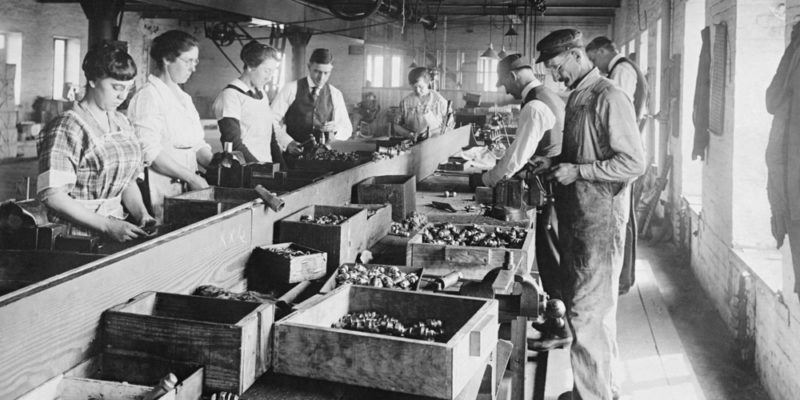
There are various criteria to classify revolutions. These categories are not exclusive and many times more than one is used to describe a revolutionary process. Some of them are:
- Political revolutions. It refers to the introduction of changes in power mechanisms, state administration, government hierarchies or the political participation of different social sectors. Some political revolutions were the French Revolution (1789), the American independence revolutions of the 19th century, and the Prague Spring (1968).
- Social revolutions. These are movements that transform society through the introduction of new ways of conceiving social relations, principles, values or the consolidation of a new dominant class. For example, the civil rights movement in the United States and feminist movements in different parts of the world are considered social revolutions.
- Economic revolutions. It refers to the introduction of changes in the way of producing and production relations. These revolutions are usually accompanied by consequences that affect political and social organization. Some examples are the Neolithic Revolution (ca. 8000 BC), the Russian Revolution (1917), and the Cuban Revolution (1953).
- Scientific revolutions. Originally, the term “Scientific Revolution” was used to describe the emergence of modern science in the 15th century, but today it is used to describe moments when radical elements are incorporated into the scientific paradigm. These are changes that alter permanently what was until then considered a scientific truth. For example, the Copernican Revolution, the Darwinian Revolution or the Quantum Revolution.
- Technological revolutions. This term is usually used to describe the incorporation into daily life of new technologies or new devices that generate an irreversible impact on people's way of life. Some fundamental technological revolutions were the incorporation of electricity as a source of energy in cities and the use of the Internet in homes and work spaces.
- Industrial revolutions. This is a concept that is used specifically to talk about the political, economic and social transformations that different societies in the world went through as a product of industrialization. The First Industrial Revolution was between 1760 and 1840, and the Second Industrial Revolution was between 1870 and 1914. Today, we speak of a Third Industrial Revolution to describe the changes produced between 1970 and 1980 by the incorporation of technology and computing in the work processes.
Examples of revolutions
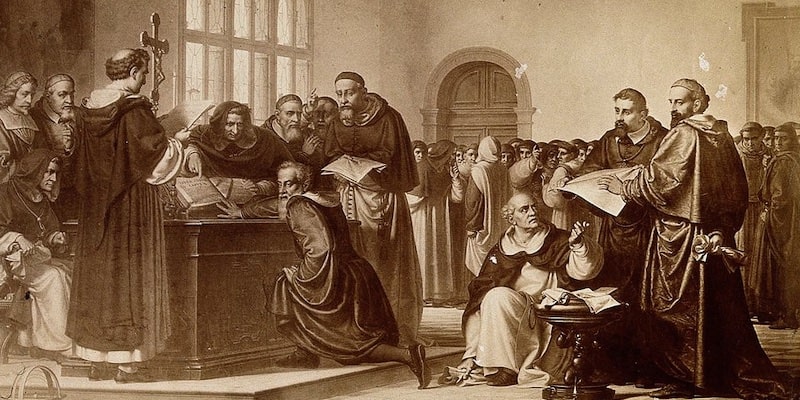
Some examples of revolutions in history are the following:
First Industrial Revolution
The First Industrial Revolution It was the period of profound changes in the labor, productive and economic structure of the West, especially Europe, which occurred from the incorporation of mechanization and steam engines in production processes, between 1760 and 1850. Due to the magnitude of its changes and consequences, it is considered that the First Industrial Revolution It was an economic, technological and social revolution.
The changes that were introduced were the steam engine, the mechanization of the production process and the appearance of the factory as a work space. At the same time, the transformation of the agrarian space caused a large number of peasants to move to the cities and begin to work as wage earners.
One of the main social actors was the bourgeoisie, which consolidated its economic power through the investment of accumulated capital in the creation of factories, the incorporation of machinery and the obtaining of surplus value. On the other hand, the proletariat appeared as a new social class made up of urban salaried workers.
The French Revolution
The French Revolution of 1789 It was a political and social revolution that brought about the fall of the absolutist monarchy of Louis XVI.
Its main social actors were urban workers and peasants and the educated professional middle class, guided by the ideals of the Enlightenment.
The French revolutionaries demanded the political participation of citizens, the creation of a constitutional order and the abolition of the social privileges enjoyed by the nobility and the clergy.
The revolutionary process, begun in 1789, went through different stages and ended with the centralization of power at the hands of Napoleon Bonaparte in 1799. When Napoleon fell, a period called the Restoration came, which sought in vain to eliminate the social transformations that had been implemented. with the revolution.
Scientific revolution of the Renaissance
Between the 15th and 17th centuries, there were a series of important scientific developments that transformed the way the natural world was understood and laid the foundations for modern science.
At that time, scholars began to question traditional dogmas and established the use of reason, observation and experimentation as fundamental tools to understand the nature of the world.
Among the main figures of this revolution were Leonardo da Vinci (1452-1519), Nicholas Copernicus (1473-1543), Tycho Brahe (1546-1601), Galileo Galilei (1564-642), Johannes Kelpler (1571-1630) and Isaac Newton (1643-1727).
Each of them developed studies in different areas of knowledge, such as astronomy, mathematics, physics, chemistry and biology. His ideas were revolutionary at the time and changed the way humanity understood the world.
References
- Stearns, P. (1994). Revolution. Encyclopedia of Social History. Garland Publishing.
- The Editors of Encyclopaedia Britannica. (2023). Revolution. Encyclopedia Britannica. https://www.britannica.com/
- Wilczynski, J. (1981). Revolution. An Encyclopedic Dictionary of Marxism, Socialism and Communism. Macmillan Reference Books.

